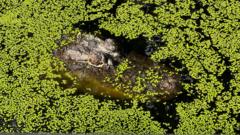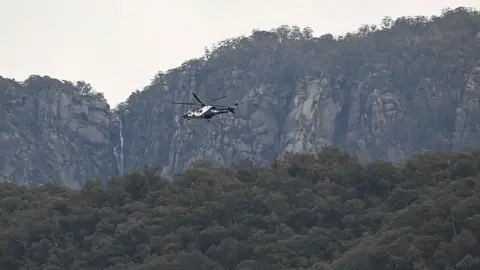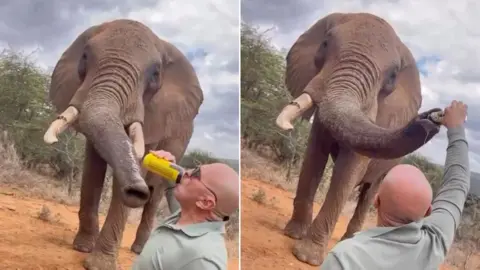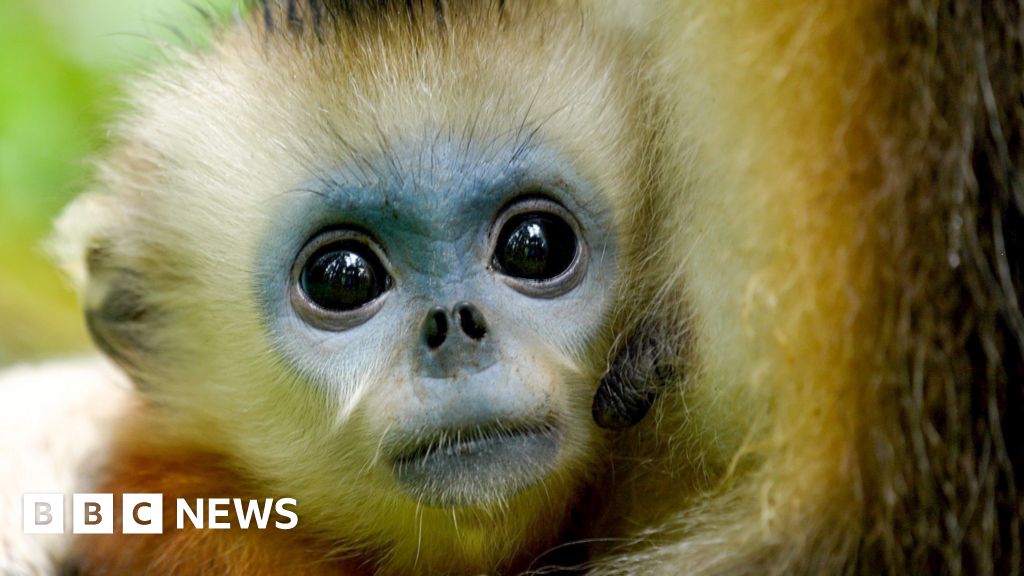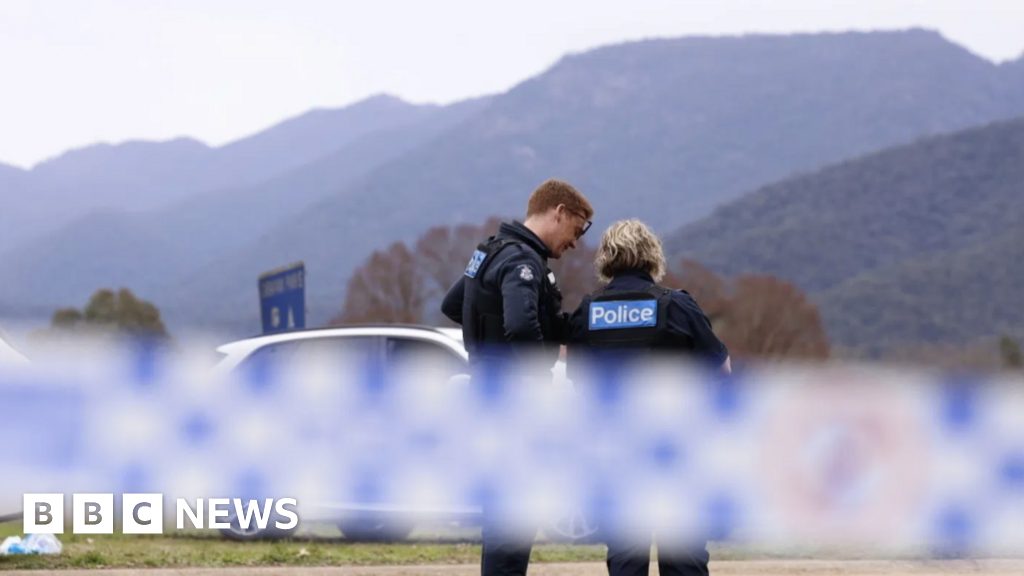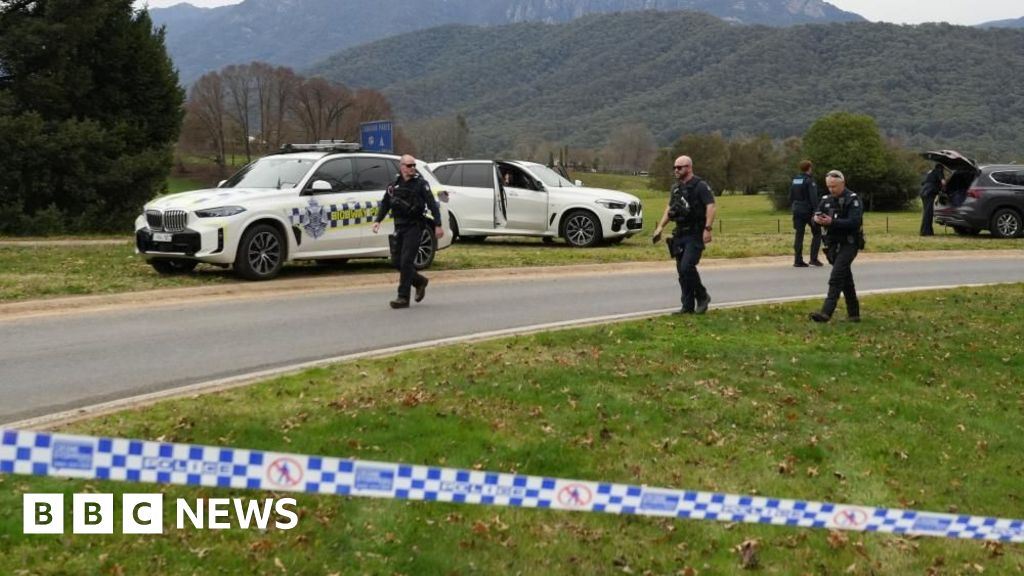As dawn breaks over Darwin Harbour, government ranger Kelly Ewin is immersed in his challenging role of capturing and removing saltwater crocodiles. A distant storm lingers, casting heavy clouds over an area known for its high crocodile population—estimated at around 100,000, a figure unmatched globally.
Ewin stands on a floating trap, hoping to ensnare an agitated croc. "You get pretty much zero chances with these guys," he remarks, as splashes erupt from the trap. Home to more saltwater crocodiles than anywhere else, the Northern Territory has a complex relationship with these apex predators. Historically, saltwater crocodiles faced the brink of extinction due to uncontrolled hunting post-World War II; numbers dwindled to a mere 3,000 before a ban on hunting in 1971 initiated an astonishing recovery. Today, while they remain a protected species, their resurgence poses new challenges in balancing human safety with wildlife conservation.
Crocodiles play a vital role in the ecosystem, thriving in the region's warm climatic conditions and abundant water sources. While attacks are rare, they do occur; tragically, last year saw the death of a 12-year-old—marking a painful reminder of the dangers these creatures pose in shared spaces. Ewin's team operates numerous traps designed to minimize crocodile-human encounters, aiming to keep the public safe from potential threats.
"The worst thing that can happen is when people turn against crocodiles," cautioned Professor Grahame Webb, a noted crocodile expert. As pressure mounts, the Territory's government has taken steps to manage the saltie population, including a revised crocodile management plan that escalates kill quotas per year. For Ewin and his colleagues, keeping Darwin's waterways safe while educating the community on crocodile behavior is paramount to coexistence.
Around the world, the Northern Territory's approach to crocodile awareness has gained attention, influencing programs in places like Florida and the Philippines. Education is key to equipping the public to respond to potential encounters—an essential strategy in mitigating risks associated with living alongside these formidable reptiles.
Despite the focus on safety, crocodiles bring significant economic benefits, attracting tourists keen to engage with the species. Activities such as "croc jumping" cruises and crocodile farming have transformed the local economy, with luxury brands vying for high-quality crocodile leather. However, this lucrative industry faces scrutiny from animal rights activists concerned about the treatment of captive crocodiles.
For Indigenous communities, incorporating crocodile management strategies within traditional practices is vital. Collaborations aimed at preserving both culture and wildlife are essential to balance conservation efforts with community livelihoods.
As debates on the future of crocodile management continue, it’s evident that the balance between conservation and culling remains as complex as the habitats in which these ancient reptiles thrive. Ultimately, the approach taken in the Northern Territory could serve as a model—or a warning—for regions grappling with similar coexistence challenges. Could we find a way to respect these predators while ensuring safety for human populations? The answer lies in ongoing dialogue and adaptive management strategies designed for both people and crocodiles alike.

